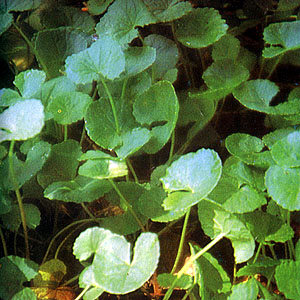Botong Tree (Barringtonia asiatica)
The fruits have a typical lantern shape and float on the
water. The fruit can survive drifting on the sea for long distances and for
periods of up to 2 years. The outermost layer of the fruit wall is green
turning brown when ripe. The middle layer is spongy and contains air sacs to
help the fruit float. The innermost layer is hard and thick to protect the seed
(the layers of spongy and hard coverings are somewhat similar to the coconut).
All parts of the tree contain saponin, a poison. The seeds and other parts of
the plant are pounded, pulped or grated to release the poison and used to stun
fish in freshwater streams. The floating seeds are sometimes used as fishing
floats.
Barringtonia asiatica (Fish Poison Tree, Putat or Sea Poison
Tree) is a species of Barringtonia native to mangrove habitats on the tropical
coasts and islands of the Indian Ocean and western Pacific Ocean from Zanzibar
east to Taiwan, the Philippines, Fiji, New Caledonia, the Cook Islands, Wallis
and Futuna and French Polynesia. It is grown along streets for decorative and
shade purposes in some parts of India, for instance in some towns on
southeastern shore. It is also known as Box Fruit due the distinct box-shaped
fruit it produces. The local name futu is the source of the name for the
Polynesian island Futuna.The type specimen was collected by botanist Pehr
Osbeck on a sandy beach area on the island of Java, later to be described (and
given the original name of Mammea asiatica) by Carl Linnaeus in his Species
Plantarum in 1753
Botong Benefits
* The other parts of the poison tree can also be used to cure
certain health problems. The heated leaves can be used to treat stomach ache
and rheumatism. Seeds are also effective in getting rid of intestinal worms.
* According to traditional users, the scraped contents of the
fruit of this tree can cure many health problems like cysts, goiter, tumor,
boils, and all kinds of lumps or bumps.












































